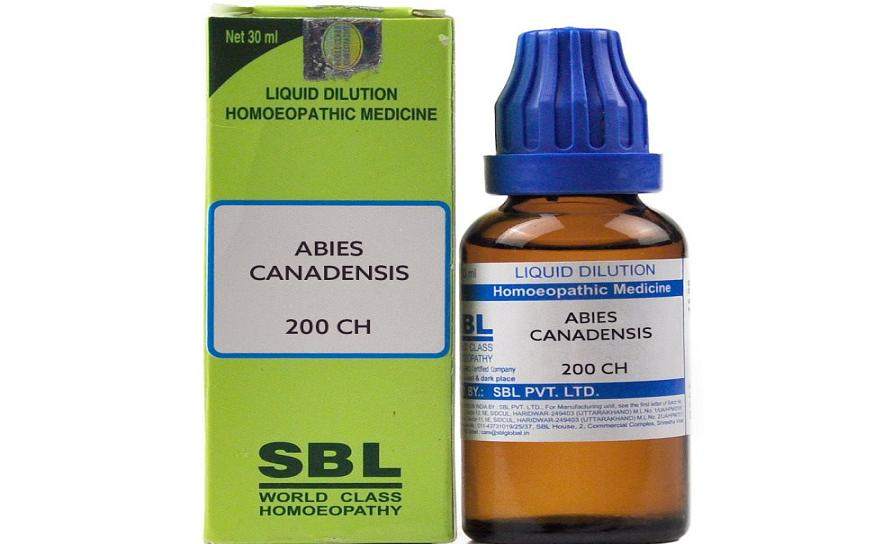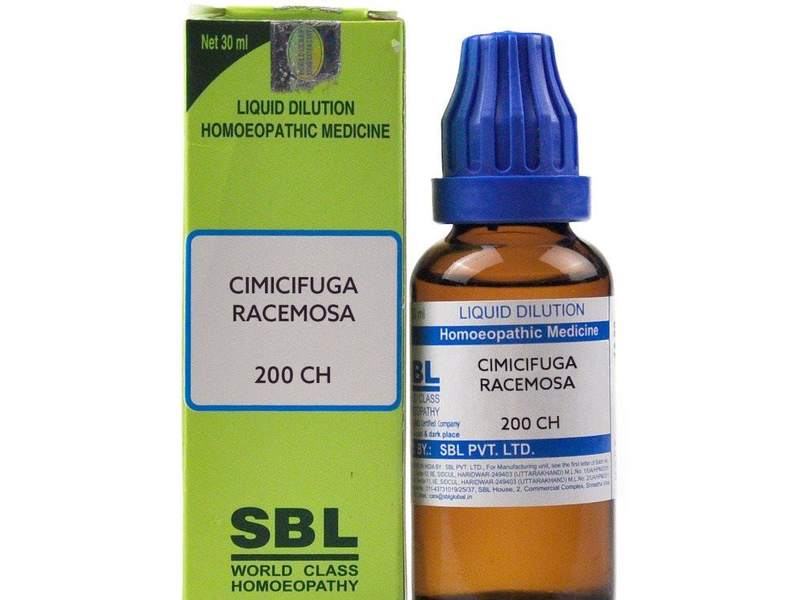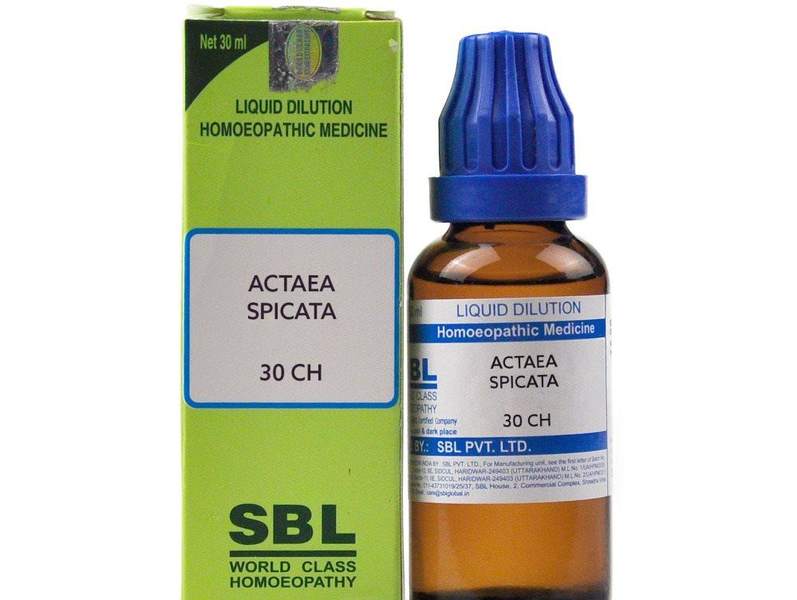Dulcamara 30c Uses, Benefits – Dulcamara Homeopathy Materia Medica
₹1,786.00 Original price was: ₹1,786.00.₹1,213.00Current price is: ₹1,213.00.
- Skin rash worse before menses
- Nose stopped up everytime there is cold rain
- Every cold settles in the eyes
Source: Vegetable kingdon
Synonyms: Solanum dulcamara, Bitter-sweet
Family: Solanaceae
Prover: Dr Hahnemann in 1811
Duration of Action: Upto 30 days
Miasmatic Background: Psora and sycosis
Temperament: Irritable
Diathesis: Scrofulous
Thermal Relationship: Neither hot nor chilly but gets affected very easily by sudden change of weather
Introduction and History: It is a very good medicine in homeopathy. It is well known to the world since a very long time and was used to make ointments for smarting wounds. It is one of those medicines which can combat suppressed conditions. The name Dulcamara is from Latin word ‘dulces’ meaning sweet and ‘amarus’ bitter, since the taste in first sweet and then bitter. It was used as a medicine as early as the thirteenth century.
Habit and Habitat: It is widely distributed in Europe, Asia and Africa and now naturalised in America. It is a deciduous and climbing plant. The stem grows upto 10 feet in height. Leaves are alternate with two ear-like lobes at the base. When the leaves are chewed, it is first sweet and then bitter. Flowers are purple in colour. They bloom from May to September.
Preparation and Parts Used: Mother tincture is prepared from the fresh green stems gathered before flowering.
Constitution and Physiognomy: It is specially adapted to people who take cold from a slight change of weather. They have a scrofulous and phlegmatic constitution with slow perception.
Ailments From: Damp with cold, checked eruptions, injuries, checked perspiration, getting wet in rain, exposure to cold.
Seat of Action (Pharmacodynamics): Mucous membrane of eyes, bronchi, bladder, back, skin, loin muscles, etc.
Active Principles (Chemical Constituents): The chief alkaloid is solnin.
Physio-pathological Changes (Pathology)
- It has a great action on the vagus nerve; it depresses, paralyses the respiratory system causing slowing of respiration with dyspnoea.
- Acts specially upon the mucous membranes and muscular tissues giving rise to catarrhal conditions.
- It acts on lungs and produces an emphysematous condition.
- It acts on serous membranes producing inflammation of joints resulting in rheumatism.
- It acts upon the lymphatics and skin producing glandular enlargements, cellular effusions and eruptions.
Characteristic Mental Symptoms (Psychology)
- Mental confusion, cannot concentrate his thoughts.
- Inclination to scold without being angry.
- Patient is very restless, depressed and quarrelsome.
- Delirium at night with pain.
- Cannot find the right word due to mental confusion.
- Ask for one or another thing, rejecting it when offered.
- Great impatience with restlessness; combative disposition, without anger.
Characteristic Physical Guiding Symptoms
Mucous secretions: Coryza and cold in damp rainy weather with sneezing followed by thick, yellow discharge.
Skin: Skin eruptions, itching in scabies and urticaria, red spots on skin. Skin is very delicate and sensitive to cold. Before menses, rash appears on the skin.
Paralysis: Paralysis of limbs and of different single parts. Involuntary discharge of urine, as from paralysis of the bladder.
Glands: Induration and swelling of glands. Mammae hard, sore and painful. Enlarged testes with griping pain.
Suppression: Suppression of discharges, like sweat and eruptions.
Coldness: Icy coldness of paralyzed parts. Chilliness starts from the back. Coldness in occiput, in lumbar region and in bowels.
Anasarca: Anasarca after malaria, rheumatism, scarlet fever.
Diarrhoea: Diarrhoea from taking cold, in damp places, in foggy weather, change from warm to cold weather.
Dropsy: Dropsy after suppressed sweat, exposure to cold, suppressed eruptions.
Urticaria: Urticaria all over the body. Itching burning after scratching, no fever.
Urine: Involuntary urine, milky urine; catarrhal ischuria in children, from wandering with bare feet in cold water.
Coryza: Dry coryza stuffs up when there is cold rain, complete stoppage of nose. Coryza of the newborn.
Headache: Congestive headache with neuralgia and dry nose.
Weather: Hot days and cold nights towards the close of summer are favourable for the action of Dulcamara.
Spasm: One sided spasm with speechlessness. Paralysis of single parts.
Rheumatism: Full of rheumatism, with rheumatic pains and aches; shooting pain occurs again and again; catarrhal rheumatism, aggravated by exposure to cold, damp, rainy weather.
Important Characteristic Features
Skin: Vesicular eruptions, with brown, humid crusts; itching and scratching soreness, patient goes on scratching until it bleeds, but gets no relief. Symptoms worse in damp cold weather, urticaria all over the body without fever. Skin produces wart-like eruptions all over the body. Eruptions large, smooth, fleshy, especially on the face, hands and back. Herpes zoster; swelling and indurated glands from cold. Anasarca, adenitis, pruritus; always worse in cold, wet weather.
Diarrhoea: Hunger, with aversion to every kind of food. Nausea; colic as if diarrhoea would set in, bowels rumble, pain in the back; from cold wet weather. Pains in abdomen, as from a cold. Diarrhoea worse in cold weather or from change to cold and damp. Slimy diarrhoea; stools alternately yellow and green. Dysentery also from exposure to wet cold weather.
General Modalities
Aggravation: At night, from rest, from cold air, when sitting, from suppressed menses, in wet cold weather, after lying down and rising again.
Amelioration: From motion, warmth in general, from walking, warm air, dry weather.
Remedy Relationships
Complementary: Bar-c, Kali-s.
Follows well: Bell, Bry, Lyc, Sep, Calc, Rhus-t.
Antidotes: Bry, Camph, Calc, Cupr.
Antidoted by: Cupr, Merc.
Inimical: Bell, Lach.
Comparison
Aggravation from sudden change in hot weather: Bry, Dulc.
Ailments from living in damp basements: Ars, Dulc, Nat-s.
Potency: 3x, 6x, 12x, 30, 200, 1000.
Dosage: 2c to 30c potency.
Repetition: Maybe repeated in lower potencies. Single dose of higher potency – 200 to CM.
Therapeutic Value: Anasarca, Bladder affections, Catarrh, Cholera, Cough, Diarrhoea, Dropsy, Dysentery, Fever, Headache, Herpes, Influenza, Lumbago, Meningitis, Nasal affections, Nettle rash, Neuralgia, Ophthalmia, Tonsillitis, Urinary affection, Warts, Whooping cough.
Note: Dulcamara should not be used before or after Belladonna, Lachesis or Aceticum acidum.
Related products
Homeopathic Medicine
Homeopathic Medicine
Abies Canadensis Homeopathic Medicine – Abies Canadensis Uses
Homeopathic Medicine
Homeopathic Medicine
Homeopathic Medicine
Homeopathic Medicine
Homeopathic Medicine
Homeopathic Medicine











